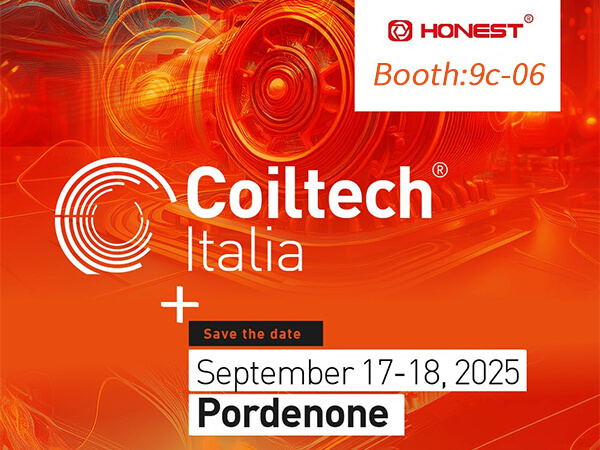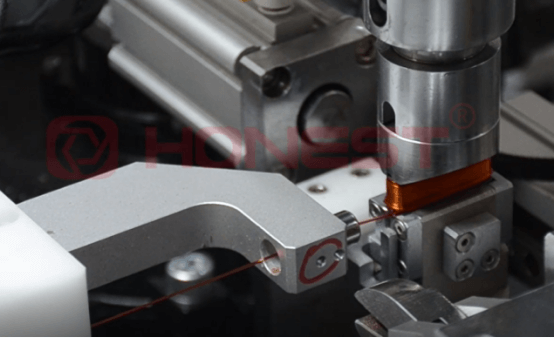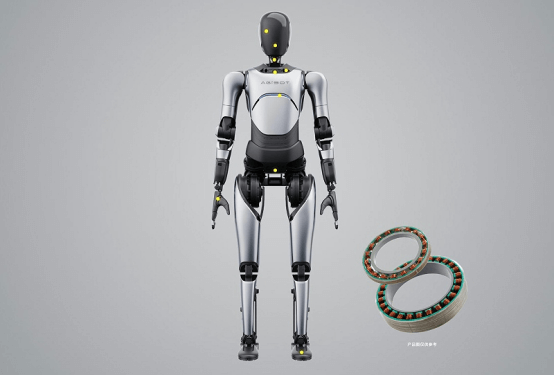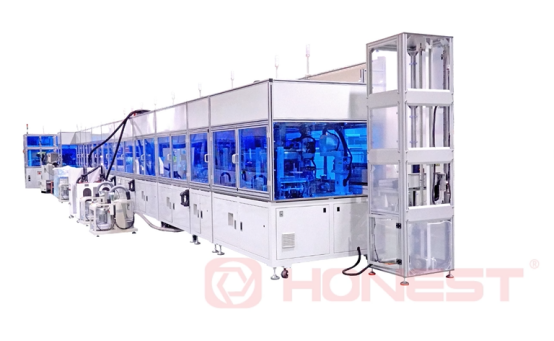
News Center
Why X-Pin Cannot Replace Hairpin in New Energy Flat Wire Motors
Published on.
2025-07-22 14:57
Source
With the rapid development of new energy vehicles, industrial automation, and high-performance motor systems, the demands on motor performance continue to rise. As one of the core components of a motor, the design of the winding structure directly affects efficiency, power density, heat dissipation, and manufacturing cost.
Against this backdrop, the Hairpin (H-pin) winding structure in flat wire motors has become dominant in electric vehicle drive systems due to its high slot fill factor and mature mass production process. In recent years, X-Pin motor—an emerging winding method—has shown promise in theoretical research, especially in optimizing end-winding space and reducing copper losses. However, in real-world applications, the X Pin motor still struggles to fully replace the H-Pin. What are the key reasons behind this?
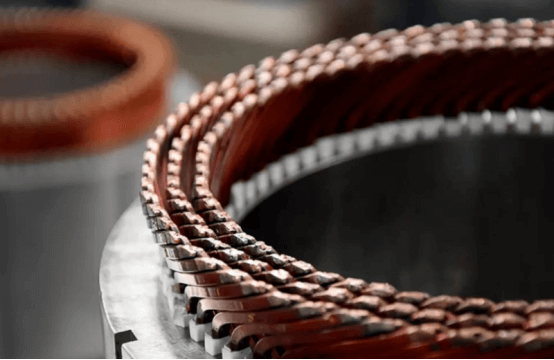
Firstly, the Hairpin (H-pin) winding is a structure composed of U-shaped copper conductors. These conductors are inserted into the stator slots and welded at both ends to form a complete coil. Compared to traditional round wire windings, H-pin offers a much higher slot fill factor, enabling better utilization of stator space and significantly enhancing motor power density and efficiency.
Excellent thermal performance: The copper conductors are tightly fitted against the stator slot walls, promoting efficient heat transfer and enhanced thermal management.
High level of automation: Mature automated production lines ensure stable processes, high yield rates, and suitability for large-scale manufacturing.
Extensive application base: Widely adopted in main drive motors of new energy vehicles, supported by a well-established and mature supply chain.
As a result, H-pin windings have become the standard configuration for many high-performance motors, particularly in applications such as new energy vehicles and industrial servo systems, where their stability and reliability have been thoroughly validated.
In contrast, the X-pin winding adopts a “crossed” or “folded” conductor layout, aiming to reduce end-winding length and improve spatial efficiency. Its structure may include dual-layer or interleaved windings, which theoretically help reduce winding resistance and enhance electromagnetic efficiency.
The X-pin winding was originally developed to address key limitations of the H-pin structure, such as excessive end-winding space and high copper usage. As a result, it is theoretically more suitable for specialized applications requiring greater compactness and lightweight design. Claimed advantages of the X-pin include shorter end-windings for better axial space savings, reduced copper consumption to lower material costs, and potentially improved current distribution to reduce eddy current losses.
However, these theoretical benefits face significant challenges in real-world applications. Although X-pin offers the potential for a simplified winding path, its manufacturing complexity is considerably higher. Currently, there is no mature and stable large-scale production process for X-pin, and the required equipment involves high capital investment. In contrast to H-pin’s fully automated insertion and welding processes, X-pin assembly is more intricate and has a lower yield rate. Even if copper usage is slightly reduced, the overall manufacturing cost tends to be higher due to process complexity and equipment expenses. As a result, X-pin remains difficult to scale up in the short term, limiting its adoption in mainstream markets.
Secondly, from a motor performance perspective, the relatively low slot fill factor of the X pin winding leads to reduced power density. In addition, limited contact area between the copper conductors and stator slot walls compromises both heat transfer and current-carrying efficiency. Under high-temperature and high-speed operating conditions, the mechanical strength and electromagnetic stability of X-pin structures have yet to be fully validated. This means that, despite its conceptual innovations, X-pin still falls short of H-pin in terms of critical performance metrics.

Moreover, X-pin imposes new structural requirements on motor design. Existing stator slot shapes are typically incompatible with X-pin windings, necessitating a complete redesign of the stator—and often the entire motor system. This increases development time, engineering complexity, and associated risks. Such structural incompatibility makes integration into existing motor platforms extremely challenging, while long validation cycles and low market readiness further hinder its adoption.
In summary, while X-pin may not be able to replace H-pin in the near term, it still holds development potential and niche application value. It could be a strong candidate for compact motors, consumer electronics, or specialized applications where end-space is at a premium, such as drones, wearable robotics, or electric actuators.
Looking ahead, advancements in materials and precision manufacturing may gradually overcome X-pin's current technical barriers. At the same time, motor winding structures are expected to evolve toward greater diversity and scenario-based customization. Rather than being direct competitors, different winding technologies will likely coexist, selected flexibly based on the specific requirements of performance, cost, and spatial constraints in each application.
As a provider of intelligent motor manufacturing solutions, Honest Automation is committed to driving continuous innovation in flat-wire motor production, especially in the development and system integration of H-pin stator manufacturing equipment. With extensive experience and ongoing technological refinement, Honest delivers high-efficiency, stable, and intelligent production solutions. These capabilities enable customers to achieve large-scale, high-performance flat-wire motor manufacturing, positioning Honest as a key force in advancing the intelligent transformation of the motor industry.
Previous page
Related News
